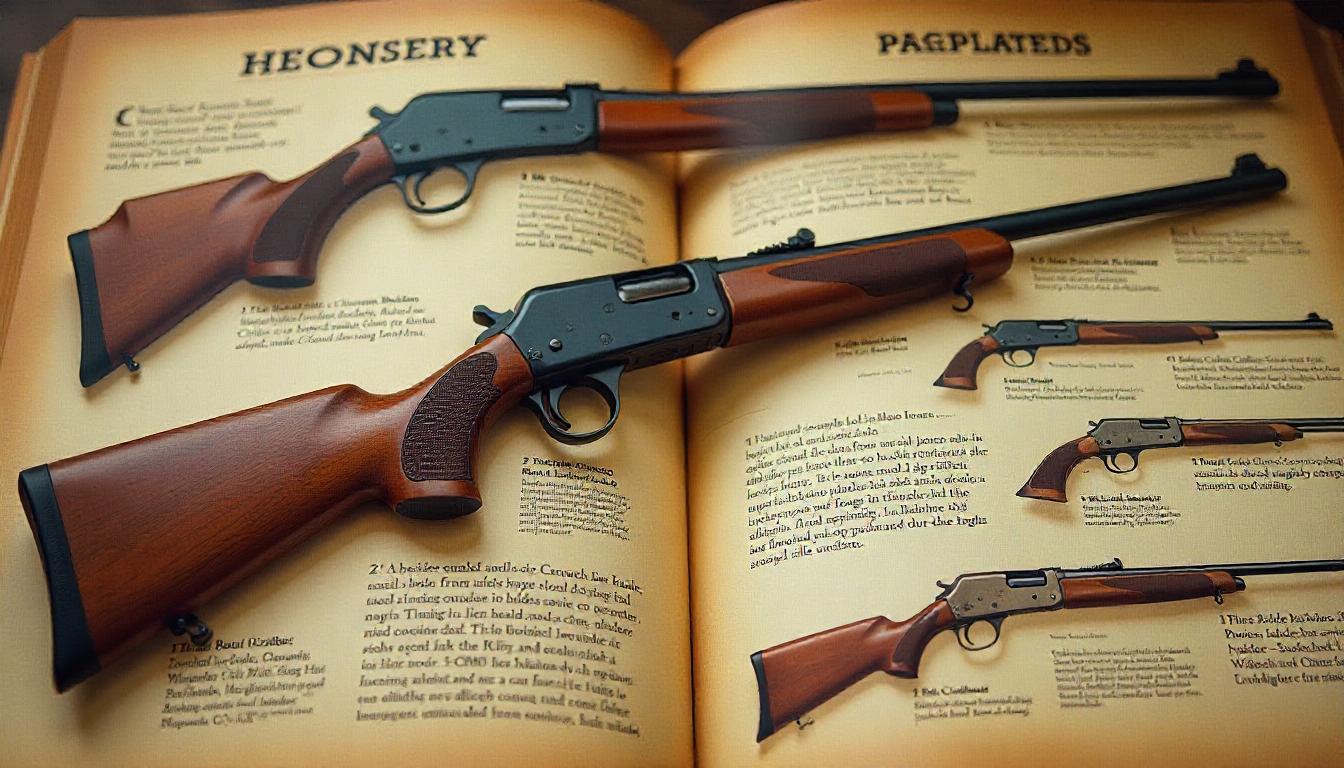Choosing the right hunting rifle is essential for success in the field. Whether you’re a first-time hunter or looking to upgrade your gear, selecting the perfect rifle involves understanding calibers, action types, stock materials, and other key features. This guide will help you make an informed decision based on your hunting needs.
Step 1: Understand Rifle Calibers
Caliber refers to the diameter of a bullet and plays a crucial role in accuracy, recoil, and stopping power. Here are some popular hunting calibers:
- .22 LR – Ideal for small game like rabbits and squirrels. This caliber is affordable and widely available, making it great for beginners.
- .223 Remington – Used for varmint hunting and some deer hunting where legal. It has low recoil and high accuracy.
- .243 Winchester – A great choice for beginners hunting deer or varmints, offering a balance of accuracy and manageable recoil.
- .270 Winchester – Suitable for deer and medium-sized game. It provides more power than .243 without excessive recoil.
- .308 Winchester – Versatile and powerful for deer, elk, and bear hunting. This caliber is known for its accuracy and effectiveness at longer ranges.
- .30-06 Springfield – One of the most popular big-game hunting cartridges, offering strong stopping power for larger animals like elk and moose.
- .300 Winchester Magnum – Best for long-range elk and moose hunting, but it has significant recoil.
When choosing a caliber, consider your hunting environment, typical shooting distance, and personal tolerance for recoil.
Step 2: Choose the Right Action Type
The action of a rifle refers to how it loads, fires, and ejects cartridges. The main types include:
- Bolt-Action – The most popular choice for hunting due to its reliability and accuracy. It requires manually cycling the bolt after each shot.
- Semi-Automatic – Allows for faster follow-up shots, making it useful for hunting in situations where multiple shots may be needed. However, semi-autos tend to be slightly less accurate than bolt-action rifles.
- Lever-Action – A classic design popular for brush hunting. It provides faster cycling than bolt-action but is generally limited to shorter-range hunting.
- Pump-Action – Less common but allows for quick follow-up shots. Often used for predator or small game hunting.
- Single-Shot – Lightweight and simple, making it ideal for beginners learning accuracy and proper shot placement.
Step 3: Consider Stock Material and Rifle Weight
Stock material affects durability, weight, and comfort. Here’s a breakdown:
- Wood Stocks – Traditional and aesthetically pleasing but can be heavier and more sensitive to weather changes.
- Synthetic Stocks – Lightweight, durable, and resistant to harsh weather conditions, making them a practical choice for all-weather hunting.
- Laminated Stocks – A balance between wood and synthetic, offering enhanced durability while maintaining a classic look.
Rifle Weight Considerations
- Lightweight Rifles (5-7 lbs) – Easier to carry but have more felt recoil.
- Medium-Weight Rifles (7-9 lbs) – Offer a balance of recoil control and portability.
- Heavy Rifles (9+ lbs) – Great for long-range precision shooting but may be tiring to carry for extended periods.
Step 4: Focus on Recoil, Accuracy, and Budget
- Recoil: Beginners should choose rifles with moderate recoil for better control and comfort. Adding a recoil pad can help reduce shoulder fatigue.
- Accuracy: Bolt-action rifles are known for their precision and are widely preferred by hunters.
- Budget: Entry-level hunting rifles range from $500 to $1,000. Premium models with advanced features can cost $2,000 or more.
Step 5: Select a Hunting Rifle Based on Your Game
Deer Hunting
- Recommended Calibers: .243 Winchester, .270 Winchester, .308 Winchester
- Best Rifle Type: Bolt-action for precision, or lever-action for quick shots in dense woods.
- Scope Suggestion: 3-9x40mm for mid-range shooting.
Elk Hunting
- Recommended Calibers: .30-06 Springfield, .300 Winchester Magnum, 7mm Remington Magnum
- Best Rifle Type: Bolt-action for power and accuracy at long distances.
- Scope Suggestion: 4-12x50mm for improved long-range performance.
Small Game Hunting
- Recommended Calibers: .22 LR, .17 HMR
- Best Rifle Type: Bolt-action or semi-automatic for quick target acquisition.
- Scope Suggestion: 2-7x32mm for small, fast-moving targets.
Step 6: Choose the Right Scope and Accessories
A high-quality rifle scope enhances accuracy. Consider these factors when selecting a scope:
- Magnification: 3-9x for general hunting; 4-12x or higher for long-range.
- Objective Lens Size: 40-50mm for better light gathering.
- Reticle Type: Duplex or BDC reticles for ease of use.
- Other Accessories:
- Bipods – Improve shooting stability.
- Slings – Make carrying your rifle easier.
- Recoil Pads – Reduce felt recoil for more comfort.
- Ammunition Quality – Match premium ammo to your rifle for better accuracy.
Conclusion
Choosing the perfect hunting rifle depends on several factors, including caliber, action type, stock material, and hunting game. By understanding these aspects and considering your budget, recoil tolerance, and accuracy needs, you can select a rifle that best suits your hunting style.
FAQs
What is the best hunting rifle for beginners?
A bolt-action rifle in .243 Winchester or .270 Winchester is ideal for beginners due to its accuracy, moderate recoil, and affordability.
Which rifle caliber is best for deer hunting?
Popular deer hunting calibers include .243 Winchester, .270 Winchester, and .308 Winchester.
How do I choose between bolt-action and semi-auto hunting rifles?
Bolt-action rifles offer superior accuracy and reliability, making them the top choice for most hunters. Semi-auto rifles provide faster follow-up shots but are slightly less accurate.
What features should I look for in a hunting rifle?
Look for manageable recoil, lightweight design, a comfortable stock, and a good-quality scope for accuracy.
How much should I spend on my first hunting rifle?
A good beginner hunting rifle costs between $500 and $1,000. Higher-end models may exceed $2,000 depending on brand and features.
By following this guide, you’ll be well-equipped to choose the right hunting rifle for your needs. Happy hunting!

Leave a Reply